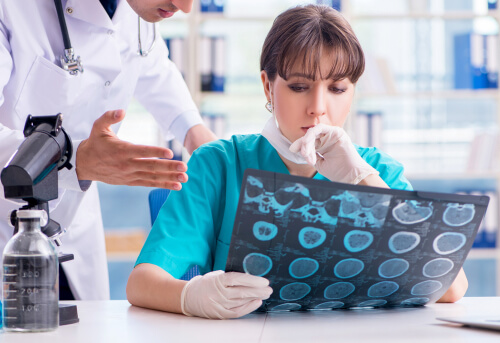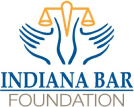
Imagine having a CT scan or MRI that indicated you needed expensive and painful back surgery, only to find out later that the surgery was unnecessary. That is exactly what workers at Walmart were experiencing, according to company officials, who noted that high error rates in diagnostic imaging tests were leading to unnecessary surgeries and medical expenses.
Because of the crucial role diagnostic imaging tests play in medical care, the stakes are high to get the results right. In fact, a report from Radiology Business warned that 80 percent of radiology-related medical malpractice cases resulted in permanent injury or death.
Whether the misdiagnoses are due to cognitive errors on the part of radiologists or system failures, experts agree there is much room for improvement. In a recent article in Forbes, Morris Panner, CEO of Ambra Health, outlines six ways to reduce dangerous radiology errors and, in turn, potential harm to patients:
Implement and Use Peer-Review Processes
One of the best ways in which medical professionals can improve diagnostic accuracy is by submitting to peer-reviews. When radiology labs systematically and consistently use peer-review processes, they are often able to improve their diagnostic accuracy by implementing the feedback and pointers for improvement.
Keep Workloads Manageable
The medical profession has historically embraced long shifts and excessive workloads. However, research has shown that these demanding practices can cause physicians (as well as other medical professionals) to burn out. Professionals who are burnt out, or on their way to a burn out, are known to make more errors. So managing workloads in radiology labs is a crucial key to reducing mistakes.
Explore Artificial Intelligence and Machine Learning Technology
Recent advances in artificial intelligence and machine learning has the potential to greatly help reduce medical errors in radiology. This technology can quickly interpret complex data sets and provide doctors with more information and greater insight when making diagnoses.
Follow Up on Incidental Findings
A significant source of medical error in radiology labs is the failure of staff to follow up in a timely manner on imaging recommendations. This failure can lead to delayed diagnoses and other problems for patients. One way in which radiologists can help improve follow-up imaging adherence is by providing clear and explicit recommendations for follow-up imaging that primary care physicians will be able to act on.
Implement Structured Reporting
Another way to improve communication channels between radiologists and primary care physicians is through structured reporting. Checklists and other means of structured reporting help ensure that important information isn’t accidentally left out of reports and, consequently, greatly helps reduce medical errors.
Continuing Education
Radiologists who are given the opportunity to continue their educational journey while practicing (via case-based learning and other platforms that put an emphasis on real-world diagnostic decision making) have been known to make fewer preventable errors.
Need Legal Help? Contact a Medical Malpractice Attorney Today
With nearly 20 years of litigation experience, medical malpractice attorney Kelley J. Johnson has the knowledge and skill necessary to help victims of radiology malpractice. At the Law Office of Kelley J. Johnson, we handle a wide variety of medical malpractice cases throughout Indiana.
For a free initial evaluation of your case, please contact us now.










